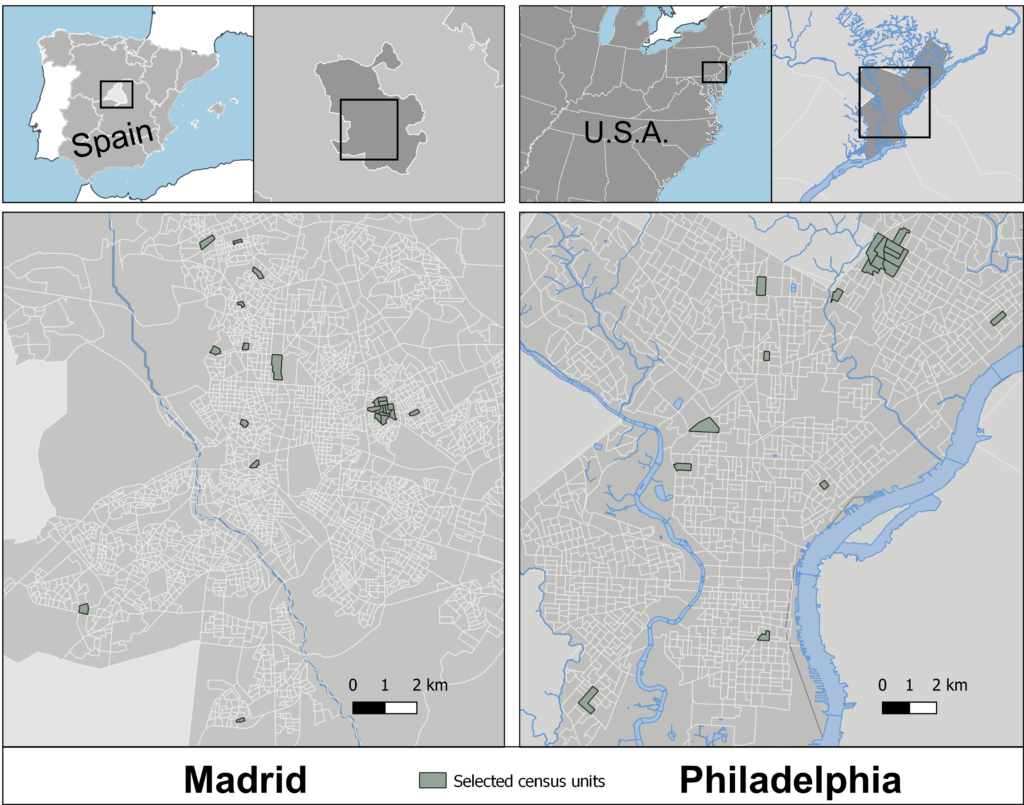City Know-hows

As emerging challenges have made urban areas increasingly vulnerable, jeopardizing the health and well-being of their inhabitants, resilience should be seen as a pathway for healthy cities and integrated into urban planning practices. This study shows if and how existing indicator frameworks can identify urban systemic vulnerabilities and priorities for resilience building to provide local authorities with evidence crucial in planning for healthy and resilient cities.
Share
Target audience
Local authorities, municipal planners, urban stakeholders
The problem
While health in cities has improved in recent decades, new challenges brought on by demographic changes, rapid urbanisation, environmental degradation and climate change have rendered cities fragile and more prone to disasters, affecting health and well-being either directly or through cascading effects. Cities need to quickly integrate resilience building in their planning processes. Indicator frameworks can serve as accessible tools if they can sufficiently provide evidence for action.
What we did and why
We reviewed indicators from six frameworks on their capacity to inform on two dimensions: 1) the current state of the urban environment, which aims to identify existing vulnerabilities and strengths; and 2) risk-oriented urban planning and interventions of the city, which aims to identify how cities prepare for and/or mitigate the impacts of hazards. These dimensions are further specified in components based on the urban planning areas relevant for public health – encapsulating natural and built environment determinants for both physical and mental health.
Our study’s contribution
Our review provides an overview of the variety of indicator frameworks available and an approach for assessing whether these indicators can be useful in specific components relevant to public health. Through this, we were able to map out complementarities and gaps that should be addressed when using this in a planning process. Limitations in the use of indicators were also acknowledged as well as the need for more in-depth study on the actual application of these frameworks in various contexts.
Impacts for city policy and practice
Indicators are essential in bridging data and policy. Our study lays out examples of how existing frameworks may be useful in planning for resilience and health. Cities can use this study to understand the landscape of indicator frameworks that could support their decision-making as well as how to potentially integrate this into their own planning processes.
Further information
Protecting Environments and Health by Building Urban Resilience project (led by the European Centre for Environment and Health of the WHO Regional Office for Europe): More information about case study cities and related outputs. Project website.
UN-Habitat Urban Resilience Hub: Website.
Related City Know-how posts:
Urban planning for health: experiences from 12 European cities of building resilience at the local level
Urban planning, design and management approaches to building urban resilience: a rapid review of the evidence
Full research article:
Review of indicator frameworks supporting urban planning for resilience and health by Anna Karaan, Yana Antonenko, Sozvin Al Youssef, Amaya Celaya Alvarez and Esteban Leon (UN-Habitat, City Resilience Global Programme, Spain) and Matthias Braubach and Sinaia Netanyahu (WHO Regional Office for Europe, European Centre for Environment and Health, Germany)
Related posts

We compared cross-city differences in the walking environment in Madrid and Philadelphia as a case study

Solid waste production is rapidly increasing in Kenyan cities. However, the implementation of available policies to address the canker leaves much to be desired.

Wayfinding interventions offer a viable, low-cost, intervention to increase recreational walking in urban greenspaces for irregular users, older adults and those with mobility impairments.